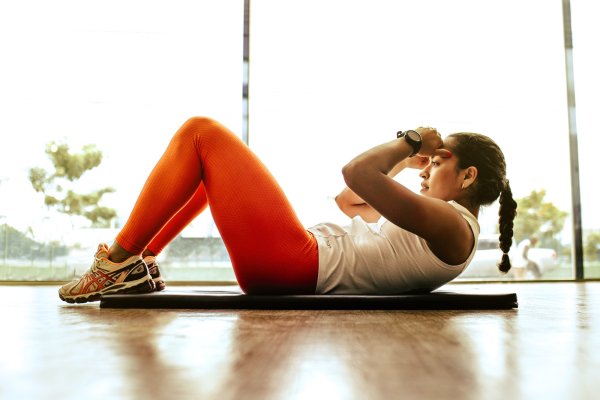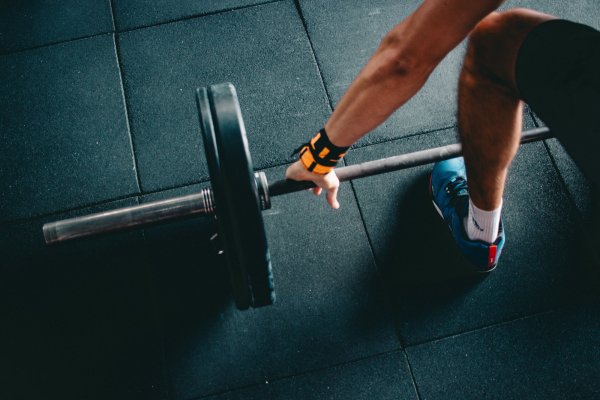In this age of datafication, where everything from our productivity to our daily movements can be tracked, analysed and recalibrated for maximum efficiency, it’s tempting to try to optimise every aspect of our lives – especially our health.
And fitness wearables promise to do just that.
Bio-tracking tech has undeniably taken the world by storm, with rings, bracelets and wristwatches promising not only to monitor your heart rate, count your steps and keep tabs on your sleep, but even to measure your muscle mass, assess your blood oxygen levels and detect changes in your emotional state using only your tone of voice. But are these claims legitimate? And even if they are, do we really need this much raw data in order to get the most from our health and fitness practices?
We spoke to elite personal trainer Simon Green, of UK-based fitness coaching and wellness service Muto, to get his take on the ever-expanding range of wearables and whether they contribute meaningfully to an effective fitness plan.
As it stands right now, the most useful aspects of wearables are motivation and basic tracking.
Having a watch that allows you to press a button and track a workout, as well as see and show others how hard you worked during that session, is a great way to stay motivated and encourage consistency. It can also be useful to track basic metrics such as heart rate, time exercised, intensity achieved and calories burnt.
Now, the accuracy of these pieces of data is very much up for debate, but having access to them is definitely an advantage for a fitness professional, even if perhaps not so useful for the users themselves.

The big elephant in the room with these devices is that they are typically only appropriate for monitoring athletic performance goals, ie, for people looking to get better at completing a certain task such as running a 5k faster or hitting a tennis ball harder. The majority of people aren’t working towards these types of goals – and even if they are, it’s debatable whether the metrics would be appropriate focal points for a ‘social athlete’.
What these devices are missing is the ability to track how someone feels about themselves, or how a movement feels now versus a month ago, or how they feel at the end of a workout compared with the start. These are the intrinsic things that motivate people to continue exercising and, quite often, are the goals themselves when you dig deep enough. But right now, and most likely for a long time to come, technology has no way to track these complex human feelings and attitudes. The overarching problem is that exercise – and the reasons we exercise – is always specific to the individual, and the metrics provided by these devices are not specific to the goals of the person.
There are two distinct ways we do this:
1. With clients who have certain performance goals – training for a triathlon, for example – we use the metrics as part of the other more emotive metrics mentioned earlier, to help show how they’ve progressed and to plan sessions with even more specificity. When used appropriately, and through the lens of a professional who understands when a metric is useful and how to analyse it, these devices provide us with more information to help our clients achieve the best and most targeted results.
2. For clients with no specific performance-related goals, we frame these metrics in a positive way, to help educate clients on why some of them may not be appropriate for the things they currently want to achieve. At the same time, we work with clients who want to track their own progress and self-motivate, if it’s something they enjoy. Plenty of people are excited to see a high heart-rate number at the end of a session, and equate this with working really hard, which can make them feel proud of themselves. It’s our job to give the client the framework to understand these metrics and use them for motivation, while helping them avoid the pitfalls of making the metric the goal in itself.

As a general rule, if the client isn’t a professional athlete or doesn’t have specific performance goals, we wouldn’t recommend the purchase of something they don’t already own or have an interest in.
However, for those who really want a tracker, I would say the bigger brands are the safest bet for most people: they have more functionality outside fitness, and have more research behind them in the long run – so Apple, Garmin, Samsung, Fitbit etc. Which specific brand or model works best is really down to the individual, why they want one and what they want to track.